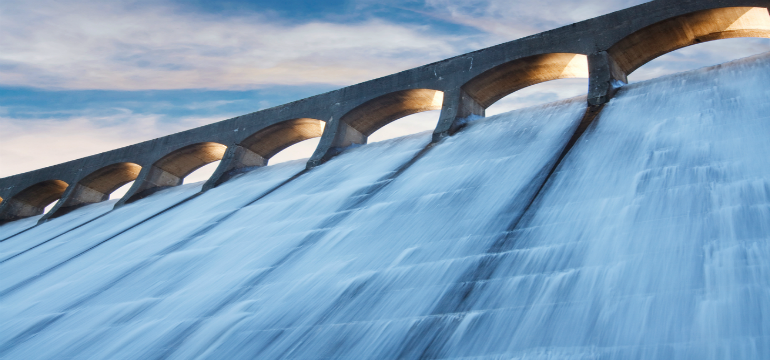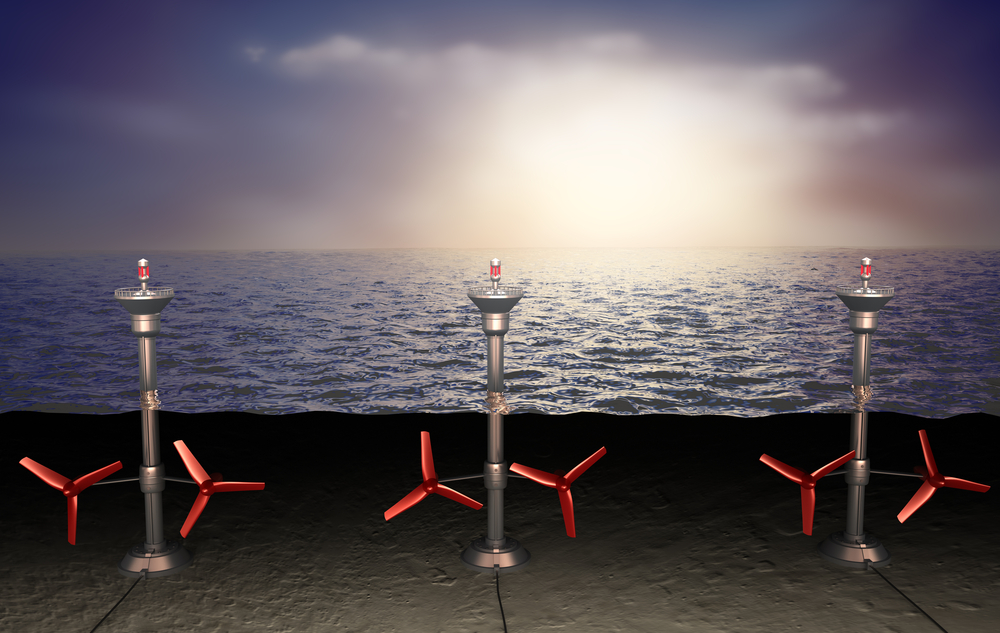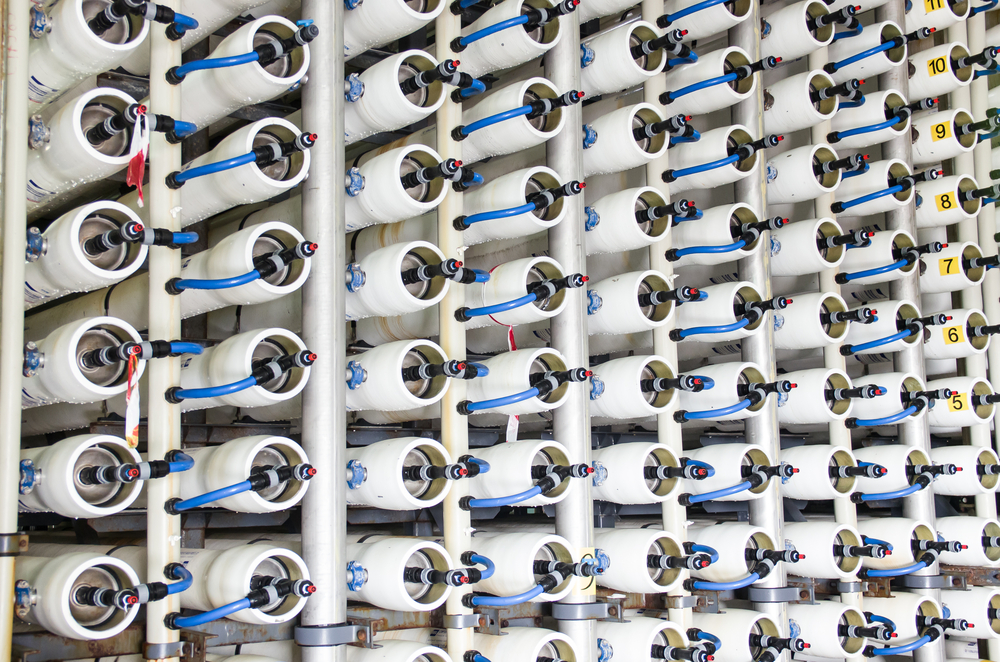Hydropower: Focus on the Unkown Aspects of its Potential
 Water has fascinated millions of people through the centuries. It symbolises life and power, especially in dry regions such as Saharan Africa. It can also represent misery when it becomes too abundant such as the monsoon period in South-East Asia. With time, humans have been able to channel its power to use it for domestic and industrial purposes.
Water has fascinated millions of people through the centuries. It symbolises life and power, especially in dry regions such as Saharan Africa. It can also represent misery when it becomes too abundant such as the monsoon period in South-East Asia. With time, humans have been able to channel its power to use it for domestic and industrial purposes.
Between old and new techniques, let’s dive into the undervalued and often unspoken faces of water management.
What Does Water Management Imply?
Water is 800 times denser than air, therefore the power it generates is enormous. The main use of water is for hydroelectricity. This term refers to the fact that the force of water that is falling and/ or flowing is used via a turbine to be transformed into electrical power.
Hydropower is the form of renewable energy most widely used nowadays, accounting for around 16% of the total electricity generated in the world every year.
Here are listed the main elements contributing to the success of hydropower in nowadays use:
- It is a cheap resource for energy production: indeed, water is abundant in the environment and always renewed through its cycle. It is often said to be endless, even if of course we know it is available in a specific amount, which is still colossal.
- Therefore it represents a cheap energy to use: as its production cost is quite low compared to other power generation techniques, its domestic price is competitive.
- Hydropower is easy to control. Thanks to dams, reservoirs and of course turbines inside energy generation plants, engineers can control the flow of water and therefore the energy produced, adapting it according to the daily demand.
- Finally, it represents a reliable source of energy, as its supply is constant, compared to solar or wind energy.
However, water management can sometimes be harmful for the population and wildlife. To state an example, the construction of the Three Gorge Dam in China has forced the inhabitants living in the area that was planned to be flooded to become the dam’s reservoir, to move to another region. It was often peasants that lost their cultivating ground and did not have enough money to start over their activity somewhere else. Same goes for the wildlife, as fish cannot migrate because of dams construction and a lot of species die as their habitat is flooded to become a reservoir. Therefore, engineers tried to rethink dams design and nowadays include a fish ladder to facilitate their migration process.
What Are the Different Techniques Nowadays in Use to Channel Water?
-
Hydroelectric power (dams)
Dams are often referred as the conventional source of energy generation when we think about hydropower. Indeed, this technique is the most widely in use and you can therefore admire it when you go for a walk in the mountains for instance.
A typical plant is composed of three parts: a reservoir to stock the water, a dam where the water flow is controlled and the electric plant in itself where power is generated. The amount of electricity depends on the volume of water and the fall height in the system. -
Tidal power
 As its name implies, tidal power uses the energy of the tides to produce electricity. It is not commonly used nowadays, due to its high technology and the costs it requires to install and run a facility. However, this energy sounds promising, as tides are predictable, it offers a constant supply of electricity for domestic and industrial use.
As its name implies, tidal power uses the energy of the tides to produce electricity. It is not commonly used nowadays, due to its high technology and the costs it requires to install and run a facility. However, this energy sounds promising, as tides are predictable, it offers a constant supply of electricity for domestic and industrial use. -
Wave power
As tidal power, wave uses salty water waves to produce energy, mostly electricity. This technique is mainly in experimentation in the European Marine Energy Center (EMEC). However, an experimental farm has opened in Portugal. The future will say if this energy production process can be efficient or if its production is not enough compared to the costs incurred.
-
Osmosis power
 The Osmosis energy generation is quite exceptional. Indeed, researchers had the idea of using the meeting of freshwater and salty water and the energy produced during this encounter to produce electricity. As tidal and waves power, its operating costs are quite high. A plant opened in Norway but was not beneficial enough to continue operating. Researchers are therefore working on the topic to try to improve techniques to be able to tame osmosis power. Nowadays, another company opened its plant in the Netherlands, using a different method that is, for the moment, showing promising results.
The Osmosis energy generation is quite exceptional. Indeed, researchers had the idea of using the meeting of freshwater and salty water and the energy produced during this encounter to produce electricity. As tidal and waves power, its operating costs are quite high. A plant opened in Norway but was not beneficial enough to continue operating. Researchers are therefore working on the topic to try to improve techniques to be able to tame osmosis power. Nowadays, another company opened its plant in the Netherlands, using a different method that is, for the moment, showing promising results. -
Evaporation power
Is this really possible? It appears so, according to recent studies conducted by scientists at Columbia University, in the United States. Referring to their work, it has been proven that a bacteria that is contained in soil, has the property to expand when it is humid by 40% and then retract when the atmosphere becomes dry. The scientists would like to use this motion to create energy via evaporation. They are at the moment testing a prototype, that we hope will be a success.


















